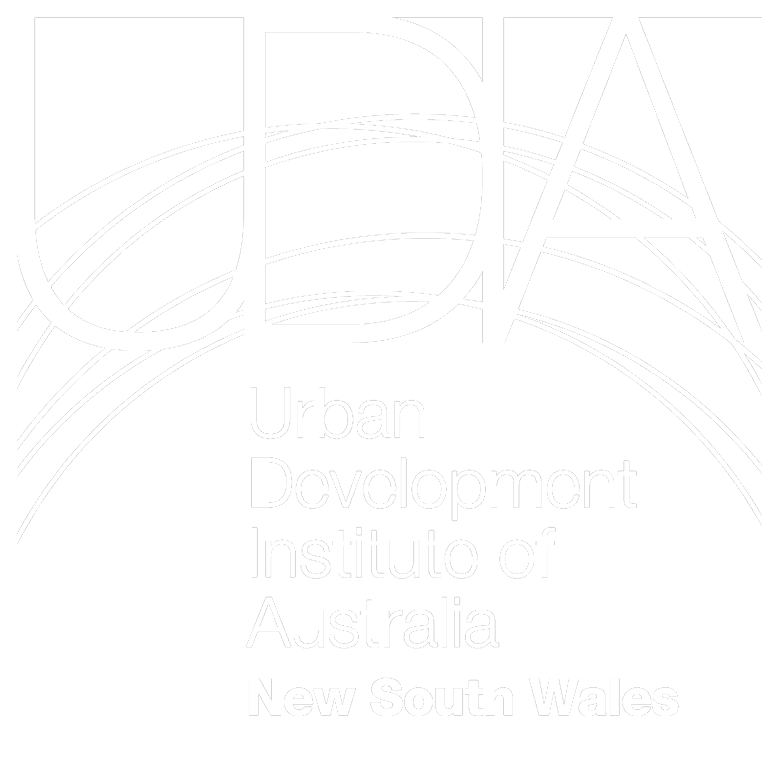This speech was presented by UDIA NSW CEO Steve Mann at the UDIA TV Signature Series event on Build to Rent.
The Build-to-Rent sector has been on the cusp of broader appeal in Australia for the last few years, but has not broken through with government. The concept, which is a mainstay sector in the US and much of Europe has taken off in recent years in various Asian countries and in the UK, yet it is still only starting to find its feet in Australia. Build -to-Rent has the potential to be the biggest innovation in the Australian housing market since Strata Title legislation was introduced in the 60s and we want Australia to robustly embrace BtR and to give developers a new market and the housing market a much-needed boost in diversified rental supply.
Build-to-rent offers the Australian residential sector an important factor of diversity which it has struggled to attain, in addition to heightened liveability, affordability, and connectivity for our cities and regions.
Firstly, Liveability: we want our housing products to form part of the 30-minute city. This means walkable communities, sustainable building practices and plenty of amenity to service the needs of the local community.
Secondly, Affordability: build-to-rent is offering us a once-in-a-generation chance to change the way property is perceived in Australia. The concept of long-term renting has been embraced for decades across Western Europe and the US and more recently in the UK. But in Australia we have been slow in getting the policy settings right for this sector to emerge. The potential advantages of creating a mixed-tenure of government supported affordable and market affordable housing for build-to-rent model far outweigh the costs. Build-to-rent creates options and choices in some of the most expensive property markets in the world – and could do the same in Sydney and Melbourne. We owe it to Australians to take the right steps forward to enable BtR.
Connectivity. This is something that the build-to-rent model offers in spades. Not only are we building long term communities through shared spaces, but we are building in long term community values through engagement strategies and the latest philosophies of placemaking. Also related to connectivity is that BtR works best around transit stations, as evidenced in London where circa 90% of BtR schemes are within 800m of a tube or rail station. Building BtR in airspace above or adjacent to rail and metro stations confers great accessibility advantages to residents in terms of employment, education and recreation.
Build-to-rent is a housing format which needs to be enabled by government. Recently we have had several briefing sessions with DPIE about BtR and the policy leavers for both State and Federal government to drive growth in this market.
We have seen the NSW Government come to the table recently with a 50%adjustment to land tax, which sees this form of housing placed on a level playing field as other residential models. What we need is to see further exemptions to land tax, we need GST settings which encourage and reward more innovative developers and GST credits which will bring build-to-rent further into the mainstream.
This housing model should not be limited to those developers who are willing to take on the high taxes and charges associated with BtR.
With the correct policy settings in place, there has been a huge uptake in Build-to-Rent investments in Europe and the USA. The UK Build-to-Rent sector has emerged over the last five years and has seen a 600% increase from the 23,000 BtR units recorded in Q4 2013, or an average growth rate of 45% per annum.
Despite the lack of policy support, CBRE reports that there are 11,000 BtR units in the development pipeline across 30+ projects across Australia.
We are eager today to hear more from our guest speakers and experts in build-to-rent on why this model is the right fit for Australia and what we can learn from our international counterparts to create a successful build-to-rent market in Australia.
